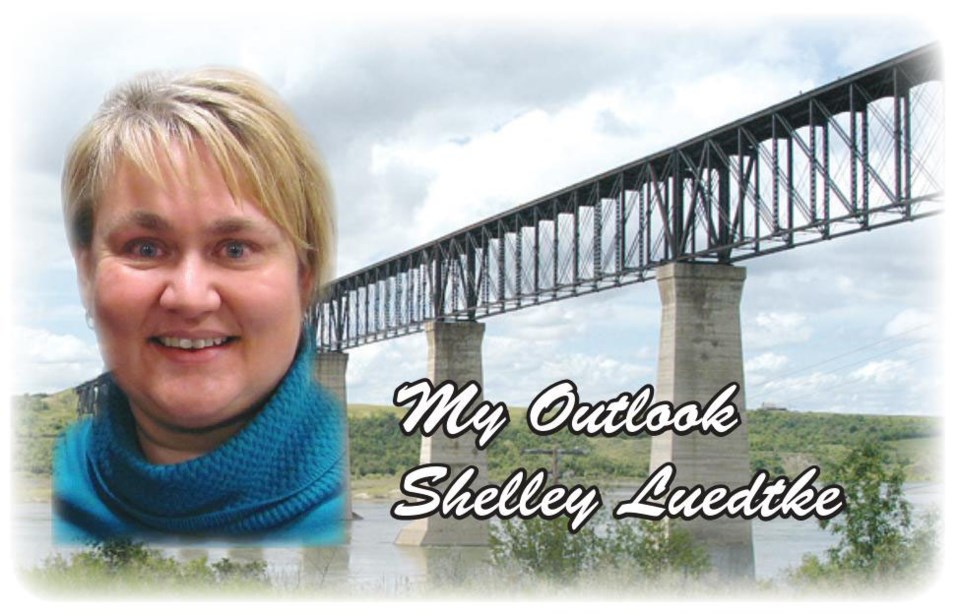Never leave people or pets inside a parked vehicle. Schedule outdoor activities during the coolest parts of the day. Drink plenty of water before you feel thirsty. Stay in a cool place.
These are statements of caution and advice that have accompanied the heat warnings so much of the globe has been under the last few weeks, and is likely to continue. It’s going to be a scorcher, according to Environment Canada, and those temperatures pose a risk to all, but particularly young children, the elderly, people with chronic illness, those who are pregnant, and people who work outdoors. Potential risks include swelling, rashes, cramps, fainting, heat exhaustion and heat stroke.
Depending on where we live we become accustomed to getting any number of cautions: tornado or hurricane alerts, evacuation orders, terror level information, air quality statements, UV index, travel advisories, wind warnings and on it goes. So, what do we do with all of them? It’s interesting to me which ones we heed and, perhaps in our over-familiarity, which ones we don’t seem to take as seriously.
We were under extreme cold warnings one week when my kids were in high school. We’re not talking your typical winter conditions. This was extreme, dropping to -50 and worse. The police were urging people to stay off the highways and travel only for emergencies. But that didn’t change the plans of those wanting to get to a basketball tournament. Some families took note of the warnings and stayed home. But not all. I can’t help but speculate how different the decision might have been if we were transporting the kids to a book expo or career fair.
I am not someone who enjoys a lot of heat. Many do and they thrive. I wilt. I lose my appetite and feel a definite lack of energy when it gets really hot. If it hits my face as I head into the backyard I seek out a comfy lawn chair and tell myself it’s too hot to do anything but rest. Yet despite soaring temperatures and high humidity, I never missed a step with my family when we have taken busy vacations in hot climates. It often depends on what’s on the line.
When it comes to warnings we can heed them or ignore them. It’s up to us to take our chances. Yet, that’s not entirely true, is it. Many do indeed have freedom to do just that, but certainly not all.
Extreme heat is on the way? No problem, turn on the A/C or get the fans going. Bitter cold outside? Just add extra layers of warm winter wear. A blizzard is on the way? Not to worry. There’s enough food and supplies in the house to keep us comfortable for days.
Except the same can’t be said by everyone. The homeless, the elderly, the isolated, and those living on little income don’t have the same power to make those decisions. They may not be equipped in the same manner to deal with heat waves, wind chill, or even disruptions to public transportation and the ability to access what is necessary. That’s why others need to take a moment to recognize what the warnings might mean in terms of the impact on others.
During a 2021 heat wave, the province of B.C. recorded 815 ‘heat related’ deaths. Almost 80% of those whose lives were lost were 65 and older. This is a stark reminder that the warnings are the cautionary tale. Our response writes the next part of the story.
We can check in on seniors to see that they have necessary equipment to combat the heat or offer to take them where they can ride out the hottest part of the day in an air-conditioned spot. We can provide rides or pick up necessities for someone who would best be served to stay indoors. We can be the voice of reason when someone tries to take unnecessary chances on winter roads. Weather systems are powerful elements to be sure, but once the risk is noted a course of action can be determined that can best help more of us to get through it well.
The warnings are given in our best interest, not to diminish our fun or curtail our activity. We would do well to properly assess the impact on ourselves, but even more so, on others who may need a bit of support to ride it out. The alert can warn of a potential danger; but our response is the safeguard. That's my outlook.




